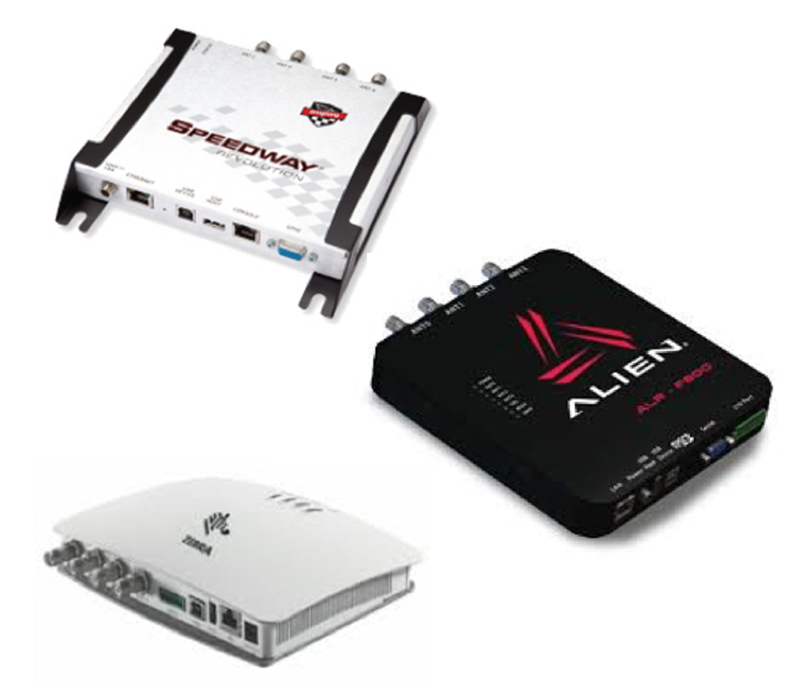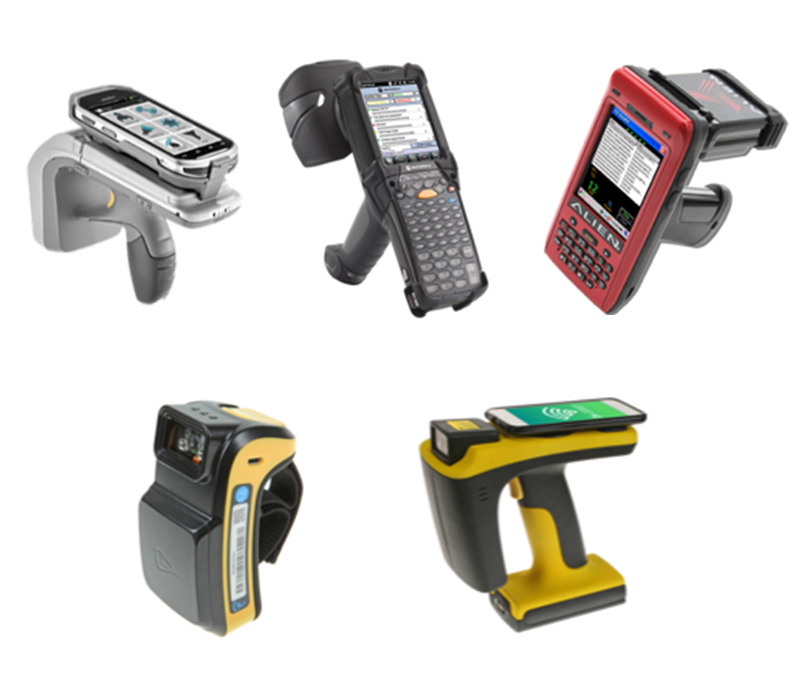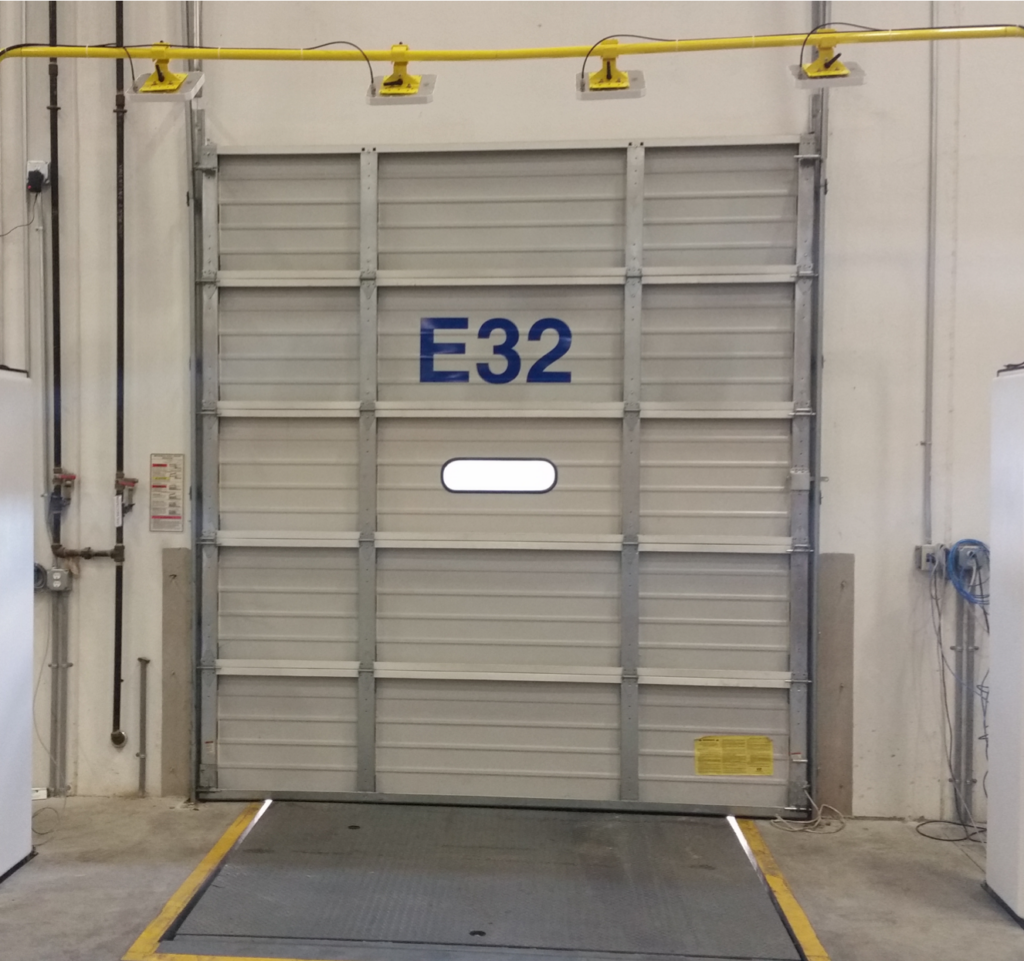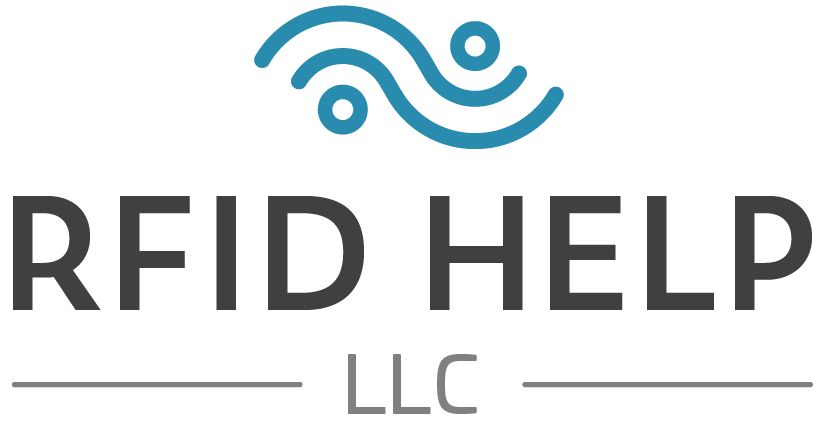How Does RFID Work
Radio Frequency Identification (RFID) is a technology that used RF energy to identify a tagged item automatically. This energy is transmitted by a reader and a transponder (tag) hears the request and responds with the identification data embedded.
RFID Technology is not new. It has been around since World War II. Using it for shorter range, commercial applications did not become relevant until the late 1990s.
Types of RFID
There are two types of RFID that reside within the Ultra High Frequency range: Active RFID and Passive RFID.
RFID Use Cases
RFID uses continue to evolve as the technology becomes smaller and less costly. Here is a small subset of some known uses:
- Supply Chain Management Applications (Shipping/Receiving/Inventory)
- Retail Inventory Tracking
- IT and Test Equipment Asset Tracking
- Event Management
- Returnable Container Tracking
- Access Control
- Manufacturing System Inventory Tracking
- Tool Tracking
- Library Item Tracking

Basics of an RFID System
RFID Systems have a few basic components, regardless of use case. They include:
- Fixed Readers
- Handheld Readers
- Antennas and Portals
- Software
- Tags



Determining the right components based on the use case and environmental factors of the RFID system is an important task within an RFID project. This is where we can help.
